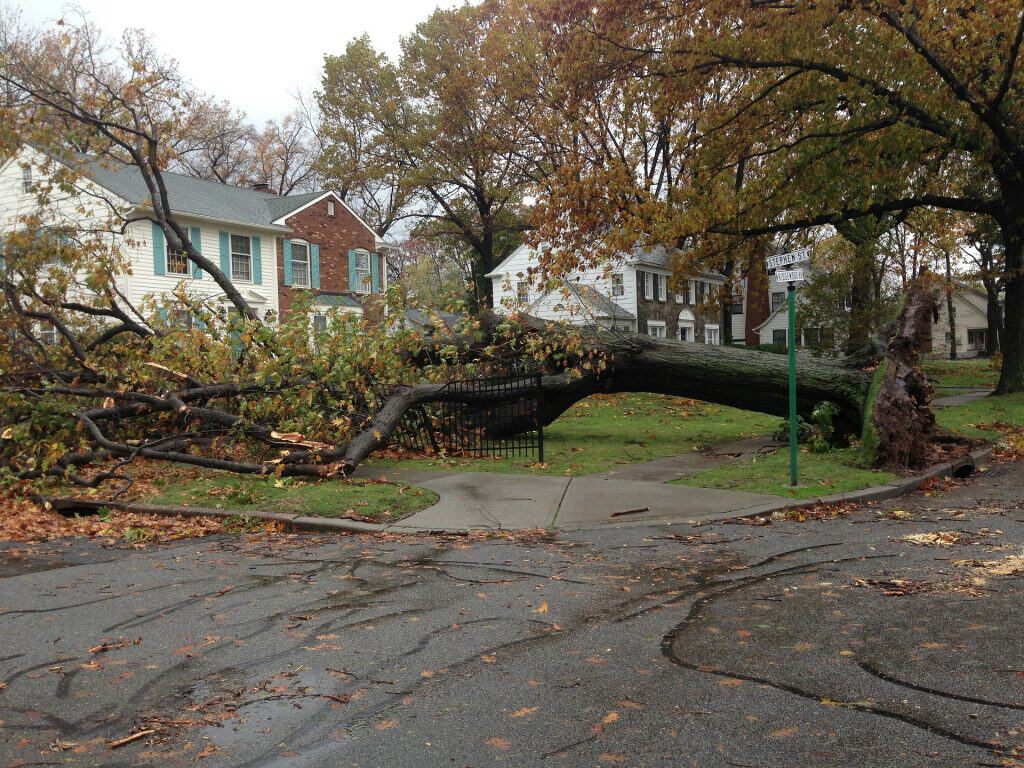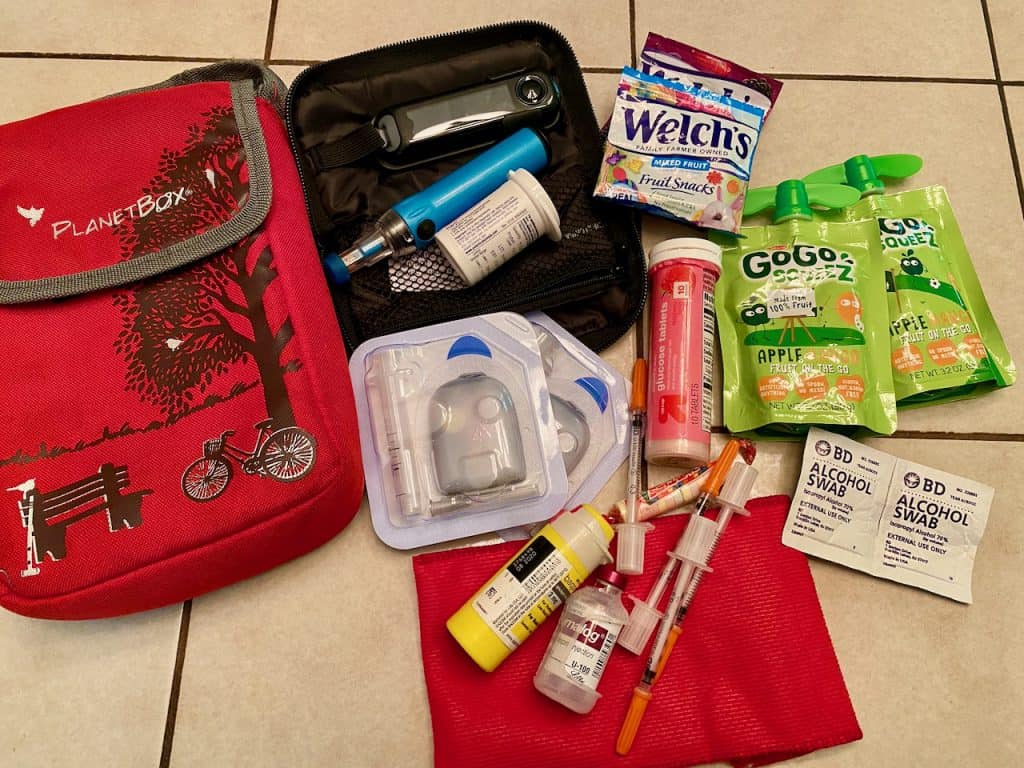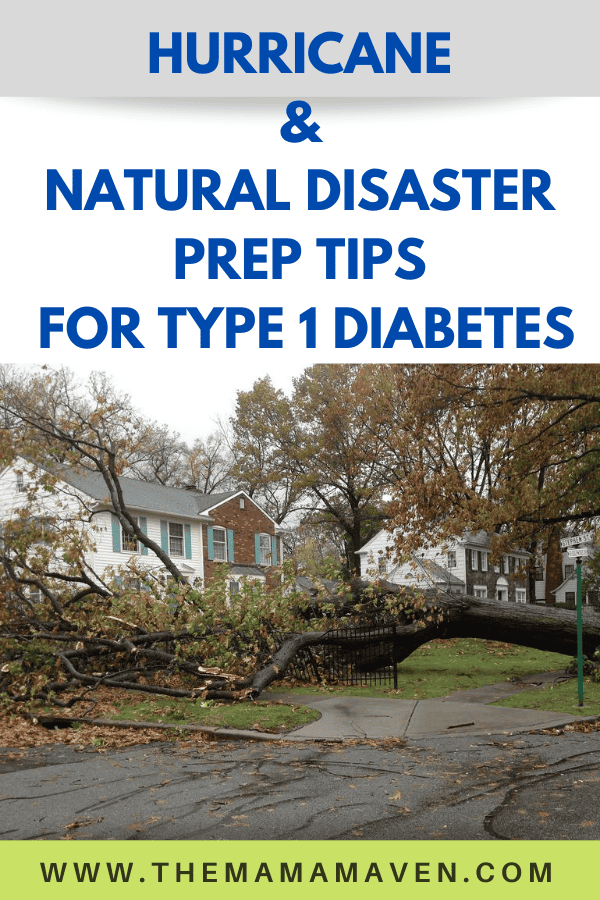This post contains affiliate links.
So, there’s a hurricane, tornado or a tropical storm headed your way. As a parent of a child with Type 1 Diabetes or if you have Type 1 or Type 2 Diabetes, you’re going to have to do some extra planning. Thanks to Carolyn at Texas Insulin4All on Twitter who let me take some info from her tweets.

- Insulin Supply – your unopened insulin needs to stay cold. Not frozen, but cold. You could lose power, your house could get destroyed. You need to be prepared to take all your insulin with you or stash it someplace safe.
In one of the Facebook Groups I belong to, they suggest a few ways to do this: You can fill a cooler with cold packs and keep it in that. You just don’t want it to freeze, so I wouldn’t do just ice.
You can also take some of it to a local fire station and ask them to hold it (they’ll have a generator backup). If you do lose power for days and you know of a neighbor with a generator, this is another way to go. When we lost our fridge in November because it died, I was able to bring my insulin to a neighbor with a working fridge.
Carolyn from Texas Insulin4All recommended this on Twitter: “Use Ice packs and put towel wrapped insulin inside of lunchboxes and coolers.” - Have an Emergency Go Bag – make sure you have a backpack ready to grab with one to three opened pens or vials of insulin (insulin can stay room temperature for 30 days once it’s opened). Also have the supplies you’d need for around a week or two. Think about what you’d pack for a vacation. Below is a photo of what my son carries around daily when he goes anywhere. I would make sure you have several of each of the things in here.

- Shelf stable snacks to treat lows/Glucose Tabs/Juice boxes/Candy
- Granola Bars, protein bars, jerky, crackers
- Glucagon/Basqimi
- Alcohol swabs
- Finger pricker (we love Genteel)
- Test strips
- Meter and a backup meter
- At least 20 or so insulin pods. More if you need to be away for a while. Insulin pumps last 3 days, but if your child is having a growth spurt or the pump malfunctions, each pump may only last 2 days instead of the 3?
- 2-3 Dexcom Sensors
- Extra Dexcom Transmitter (if possible)
- Extra needle tips (if you are on an insulin pen)
- Chargers for charging photo, plus cords (Anker is a fave and I always have a few charged up).
- Ziploc or stasher bags for keeping things dry
- Ketone Urine Strips or Ketone Blood Meter (and strips)
- Flashlight
- If possible, backup Lantus (or long acting insulin) if something happens to your insulin pump.
- Backup PDM for insulin pump

3. Stay Calm – since any natural disaster is a stressful situation, blood sugar may run high. Try to keep your T1D calm. Meditation apps may be helpful.
Another note about insulin:
Carolyn at Texas Insulin for All said this: “If you lose power do NOT throw away any insulin without checking it’s quality first. Lumpy, bubbly, or discolored insulin is a no go!”
Make sure you have masks if you go to seek shelter anywhere else:
KN95 Masks – buy on Amazon
Medical Masks: https://amzn.to/2QmLZwP





[…] https://www.themamamaven.com/hurricane-and-natural-disaster-prep-tips-for-type-1-diabetes/ […]